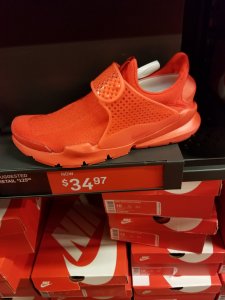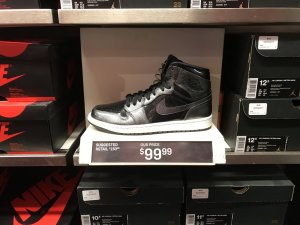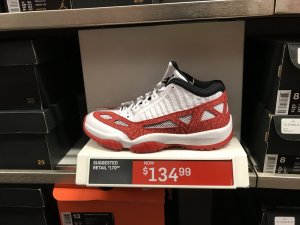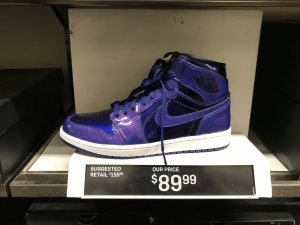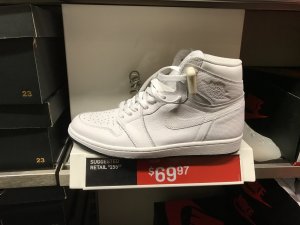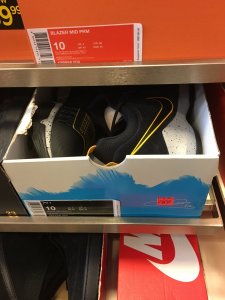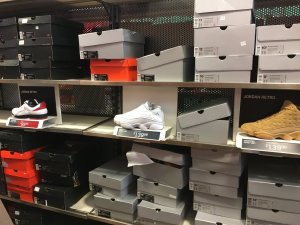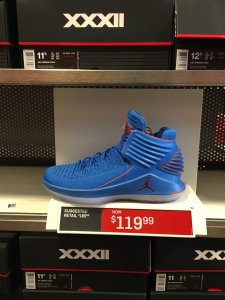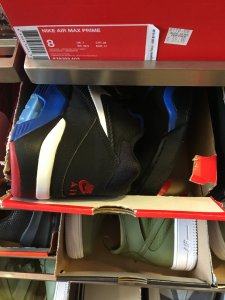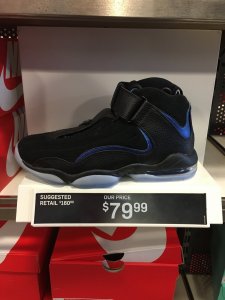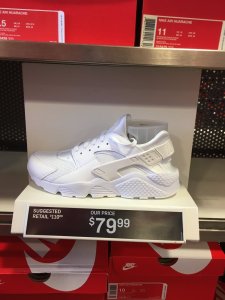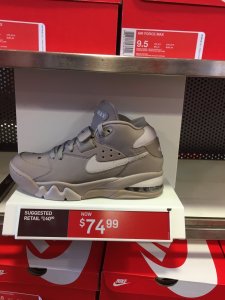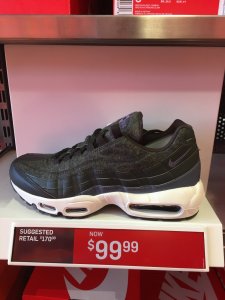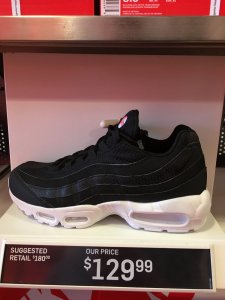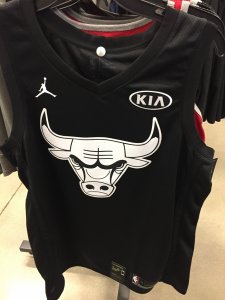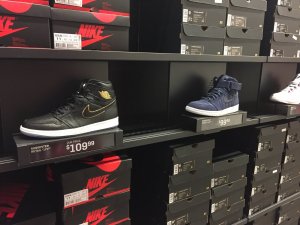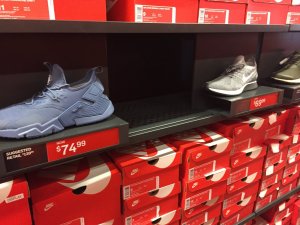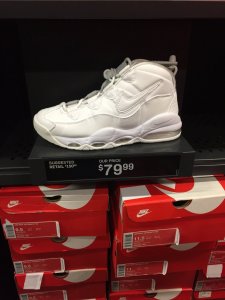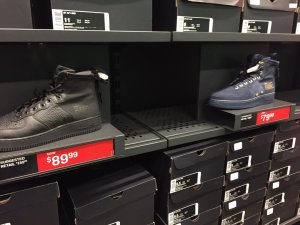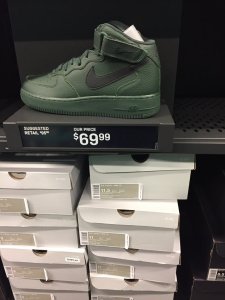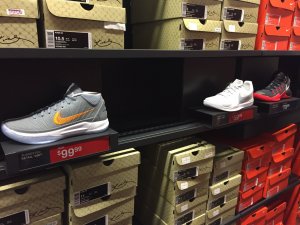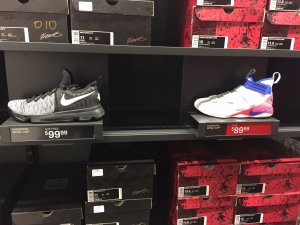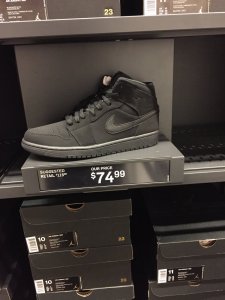Filling the hash Wall can be tedious in the mornings. Especially after it’s been cleaned out from the night before. It’s not just putting shoes on shelves. It’s having to assess what sizes you need, run back and fill a cart, bring them out, rip off the top, take out all the paper, and stock it and repeat until kids/men’s/women’s is full. Preferentially they should all be sized accordingly which is a painstaking process in its own. After it all, you must individually price each and every box that hasn’t already been priced by S&R.
Do you need a college degree to do it? No, but it’s time consuming as hell and we only have 2 hours in the morning to get it all done as well as fill the bin shoes, bring out a new bin shoe, backstock anything going to hash, etc.
Without the hash Wall, other things can get done in those two hours so we can turn our attention to customer servicing in the mornings rather than continuing to fill shoes.
I can see where Nike is coming from with the idea, but I also think there’s ways to get more done in those two hours if that’s their concern with it. As far as “they don’t want you to eat” I don’t know how that’s a valid reasoning because:
A) You have to do something with all the returns of new releases. Might as well have a Wall of random shoes you can throw that one random pair of Jordan 11 lows or vapormaxes rather than spend the money to ship them back to Memphis or a clearance store.
B) Deals on hash shoes really aren’t THAT great a lot of the times, IMO. An easier solution would be to run less hash sales or run more 20% sales than 30%.
C) The hash wall, and the sales that come with it, is a tremendous way to clear out excess inventory and shoes that won’t sell in bin. People’s mentality when they see the hash Wall is “these must be clearance. This is where the best deals are at”. We routinely, or at least I do, tell consumers that it’s not a clearance wall and not to expect additional sales on it and that the better product is usually in bin but they insist on “saving”.
Just my 0.02.






